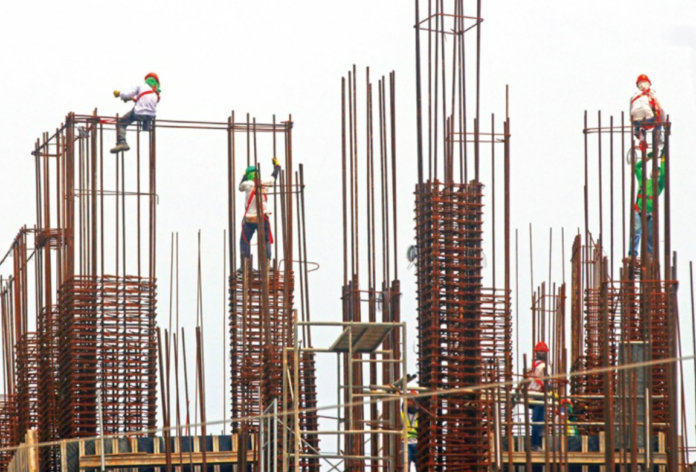The government increased its spending on infrastructure to P121 billion in February, almost 7% more than it did in January and February of the previous year. The Department of Budget and Management has acknowledged that increased funding for road improvements is the main cause of this increase (DBM).
Infrastructure spending and other capital outlays increased by 6.7% to P120.5 billion in the first two months of this year compared to P113 billion in the same time last year, according to the most recent DBM data on national government disbursements.
According to the DBM, increased funding from the Department of National Defense (DND) and the Department of Public Works and Highways (DPWH) is the reason for this increase in infrastructure investment. In particular, the DPWH sped up project execution and completion, simplified payment procedures, and enabled mobilization fees and advances to contractors. At the same time, the DND stepped up its modernization efforts for defense.
With the exception of the P10.1 billion in direct payments from the Asian Development Bank for the Department of Transportation’s South Commuter Railway Project 1 in February 2023, lower cash revenues, however, restrained the overall rise of infrastructure spending.
In the meantime, the government spent P722.5 billion in total over the course of the two months, up 16% from P620.7 billion in the same period last year.
In addition to infrastructure, spending on personnel services increased by 2.6% to P186.9 billion. This increase was primarily due to increasing premium rates from the Philippine Health Insurance Corp. and Pag-IBIG Fund, as well as salary and benefits for recently engaged teaching staff.
Furthermore, local government units’ (LGUs’) total allocation and capital transfers increased by 22% to P180 billion, mostly as a result of increased national tax allotments and LGU shares from tobacco excise taxes.
The amount paid in interest also climbed significantly, by 50.5 percent to P122 billion, mostly due to greater international interest payments, higher T-bill rates, and coupon payments for Treasury bonds.
Additionally, P99 billion was spent on maintenance and other operational costs, the majority of which went toward support and subsidies for the social services and education sectors.
Reaching P12.7 billion, government spending also showed increased subsidy assistance to government enterprises, primarily because of the National Food Authority’s buffer stocking program.
The remaining program balance as of the end of February is P1.19 trillion, or 20.7%, of the record P5.768 trillion 2024 budget.
The Department of Budget and Management (DBM) stressed that significant spending on social sector projects and public infrastructure will continue to propel government spending. This fiscal stimulus will help efforts to reduce poverty and promote economic growth. The government’s spending goal for this year is 21.7 percent of GDP, of which 5.2 percent is allocated to infrastructure spending.





